Why is there low pressure in heating mode in my Panasonic Air Conditioner?
- JJeffrey ArmstrongAug 1, 2025
Low pressure during heating mode can be caused by an inefficient compressor, insufficient refrigerant, or a clogged strainer or capillary cube.
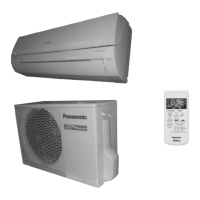
Why is there low pressure in heating mode in my Panasonic Air Conditioner?
Low pressure during heating mode can be caused by an inefficient compressor, insufficient refrigerant, or a clogged strainer or capillary cube.
What causes high gas side pressure in cooling mode in Panasonic CS-RE9HKE Air Conditioner?
High gas side pressure during cooling mode can be caused by an inefficient compressor or insufficient refrigerant.
What to do if my Panasonic Air Conditioner remote control does not work?
If the remote control for your Panasonic Air Conditioner isn't working, ensure the batteries are correctly inserted or replace weak batteries. The display might be dim, or the transmission signal could be weak.
Why is my Panasonic CS-RE9HKE Air Conditioner heating/cooling operation not working efficiently?
If your Panasonic Air Conditioner's heating or cooling isn't working efficiently, make sure to set the temperature correctly, close all doors and windows, clean or replace the filters, and clear any obstructions at the air inlet and air outlet vents.
What to do if self diagnosis function broke down in Panasonic CS-RE9HKE?
When the Panasonic air conditioner stops due to a malfunction detected by itself, you can restart the operation using the AUTO Switch on the indoor unit.
Why is my Panasonic Air Conditioner noisy during operation?
If your Panasonic Air Conditioner is noisy during operation, check if the unit has been installed at an incline and ensure that the front panel is closed properly.
| Brand | Panasonic |
|---|---|
| Model | CS-RE9HKE |
| Category | Air Conditioner |
| Language | English |
Safe handling and use of the remote control, including battery precautions.
Safety guidelines for the indoor unit, covering installation and operation.
Precautions for safe use of the power supply and electrical connections.
Safety instructions for the outdoor unit, including placement and handling.
Specifies the operating temperature range for indoor and outdoor units.
Information on battery disposal and recycling of old equipment.
Overview of remote control functions like Auto ON/OFF, setting temperature and modes.
Adjusting fan speed and vertical airflow direction for comfort.
Utilizing modes for quick temperature change, quiet operation, and timer settings.
Guidelines for washing unit components and maintaining air filters.
Checks for extended non-use and conditions requiring professional service.
Understanding normal operational sounds and behaviors.
Troubleshooting steps to perform before contacting service.
Procedure to retrieve and interpret error codes for fault diagnosis.
Detailed specifications including model, power, capacity, and noise levels.
Information on the conditions under which specifications were tested.
Steps to prepare the remote control for use, including battery insertion.
Concise guide to starting, stopping, setting temperature, and selecting modes.
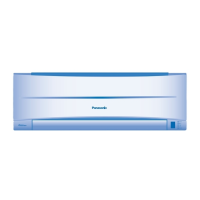


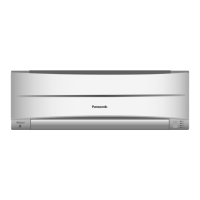

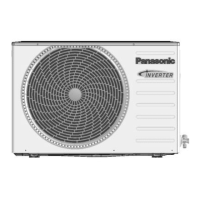
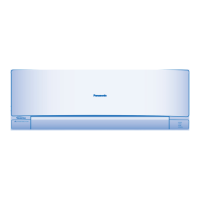
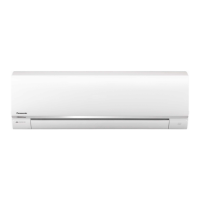
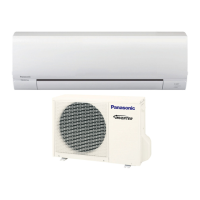
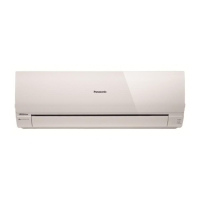
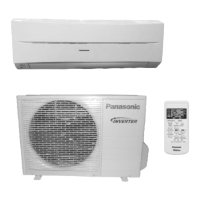
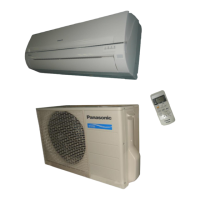
